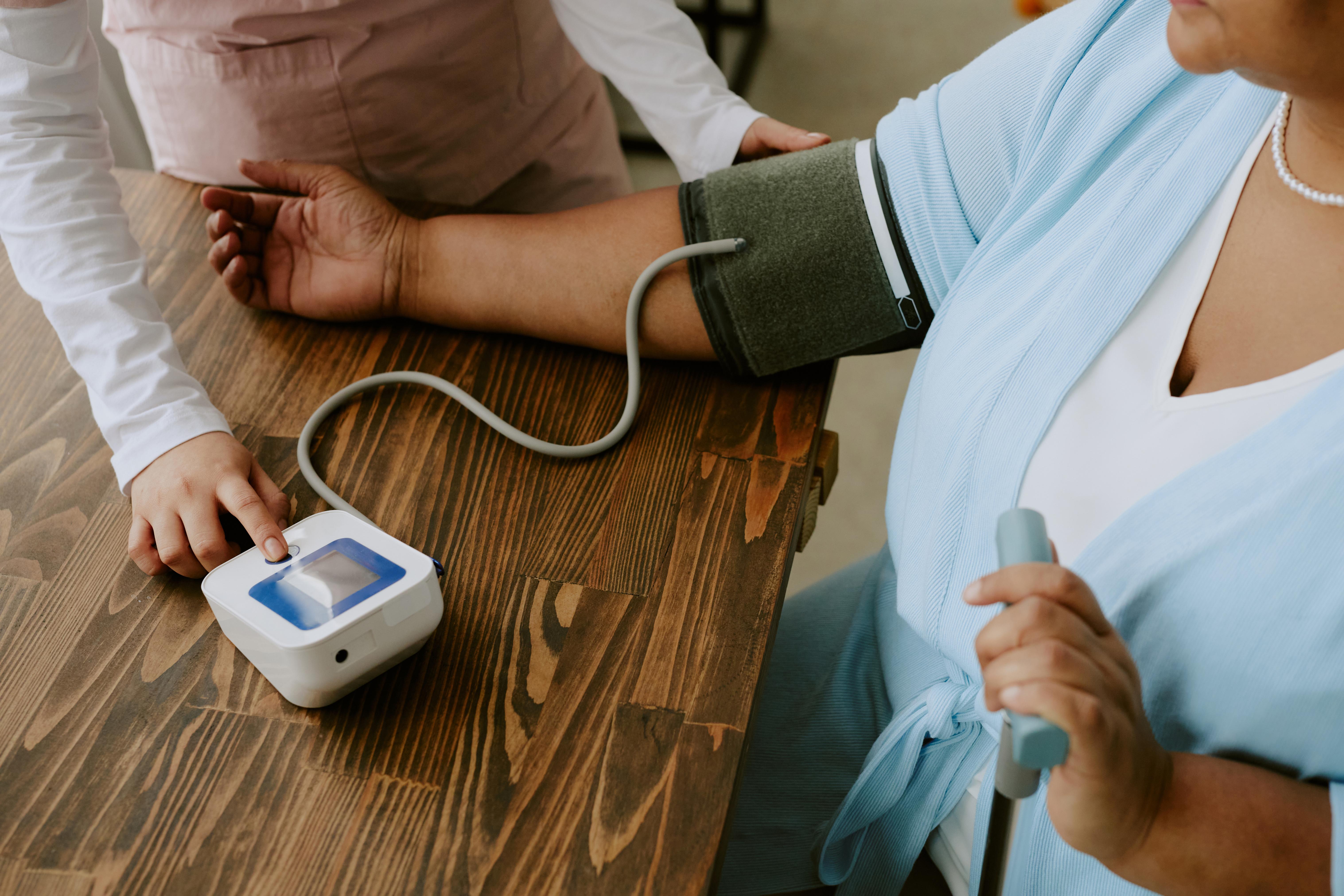12 Under-the-Radar Symptoms of Chronic Kidney Disease
3. The Crescendo of Changes: Urinary Patterns

Changes in urinary patterns are often one of the first signs that something may be amiss with kidney function. These changes can manifest in various ways, including increased frequency of urination, particularly at night (nocturia), decreased urine output, or changes in the appearance or color of urine. For instance, urine may appear foamy or bubbly, indicating the presence of protein, or it may be darker than usual, suggesting blood or concentrated waste products. These alterations in urinary habits can be easily overlooked or attributed to other factors such as fluid intake or aging. However, when considered in the context of other symptoms, changes in urinary patterns can be a significant indicator of CKD. The kidneys are responsible for filtering waste and excess fluids from the blood to produce urine. When their function is impaired, these processes are disrupted, leading to noticeable changes in urination. By paying attention to these subtle shifts and discussing them with a healthcare provider, individuals can take proactive steps to evaluate kidney health and potentially identify CKD in its earlier stages, when interventions may be more effective.
4. The Subtle Symphony: Blood Pressure Elevations

High blood pressure, or hypertension, is both a cause and a consequence of CKD, creating a vicious cycle that can accelerate kidney damage. The kidneys play a critical role in regulating blood pressure by controlling fluid balance and producing hormones that influence vascular tone. When kidney function declines, these regulatory mechanisms are disrupted, leading to increased blood pressure. Conversely, high blood pressure can damage the blood vessels in the kidneys, further impairing their function. This interplay makes hypertension a key factor in the progression of CKD. Often called the "silent killer," hypertension can go unnoticed for years, as it typically produces no symptoms until significant damage has occurred. Regular monitoring of blood pressure is essential, particularly for individuals at risk of CKD. Early detection and management of hypertension can slow the progression of kidney damage and reduce the risk of cardiovascular complications. By understanding the relationship between blood pressure and kidney health, individuals can take proactive steps to monitor and manage their blood pressure, potentially altering the trajectory of CKD and improving overall health outcomes.
